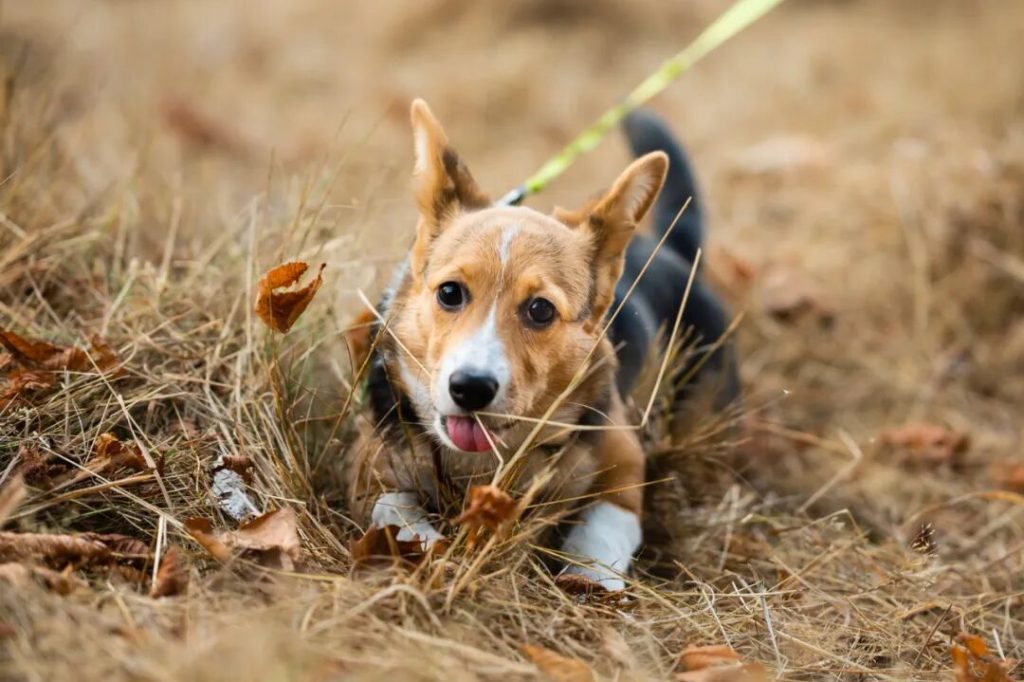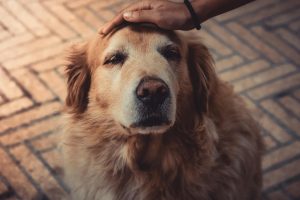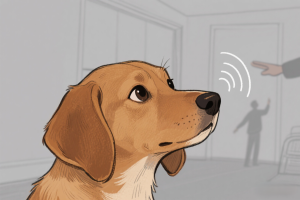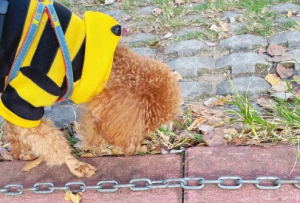Most dog owners believe that dogs naturally adapt to leashes, but in reality, that’s not the case. Usually, puppies adjust to leashes much faster than adult dogs that have been free-roaming for years. However, with some effective training methods, we can help shorten this not-so-pleasant process for our dogs.
-
A Good Start
A good start is half the battle won. When dogs first encounter a leash, whether out of curiosity or caution, it’s crucial for owners to remember and communicate this point to their dogs: putting on the leash is a positive experience. After attaching the leash for the first time, spend some time playing at home. Ideally, you should interact with the leash on indoors for a while so your dog can develop a positive mental association—“Leash = Fun time with my owner or yummy treats!”—and build a strong, positive connection.
-
Practice at Home
Once your dog is excited about the leash, it’s time to move on to the next step—learning proper walking behavior. You wouldn’t want to end up getting tangled in the leash while walking, right? Start by maintaining a short distance from your dog, take two to three steps forward, and then call your dog to walk towards you along the leash. When your dog successfully follows, reward them with a treat. If they walk in the opposite direction, gently guide them back to their original spot and try again. After a few successful treat rewards, your dog will naturally begin to understand that they should walk without wrapping the leash around you or themselves. However, considering dogs’ attention spans, keep each training session short and sweet—train while they are still engaged, not when they are tired.

-
Time to Go Outside
Once your dog is consistently following the leash training and getting their treats, it’s time to head outside! However, the first outdoor walk with the leash may bring new challenges: “Look, a bouncing yellow and blue ball on the left! Wow, there’s a delicious-smelling bone on the right! What? There are kids running around ahead! So much fun! I want to play! Let me go!” At this point, your dog might temporarily forget their training and dash towards distractions or get excited and bark. This is when owners need to be patient with their playful dogs. Avoid yanking the leash or shouting at them. Imagine yourself as a sturdy tree—stay still and start calling their name. Once their attention is on you, pull out the treats to remind them of the training and help them refocus.
Of course, after experiencing this once, the next time you encounter similar distractions, you can choose to avoid areas that might draw your dog’s attention. After several walks with improved behavior, you can gradually reduce the frequency of treat rewards. However, considering dogs’ cognitive abilities, it’s always a good idea to carry something with you when you go for walks—better to be safe than sorry!





